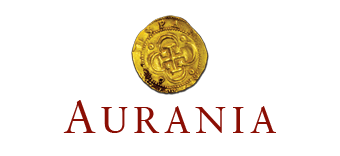Carry in, carry out philosophy.
Waste Management in Fly Camps
Reconnaissance exploration is done from mobile fly-camps that are moved every few days. Accommodation is in fly-tents. The core area of the camp is the very basic kitchen area. Field crews wash in streams with biodegradable soap that is supplied to each person by the Company. A basic, dry latrine is dug at each fly-camp and is covered with soil when the camp is moved. Biodegradable waste is buried and covered with earth when the camp is abandoned, and all other waste, which is accumulated by category as to whether it is recyclable, biohazard, toxic (batteries), used cooking oil, is carried out from each camp, typically by mule, and then is flown out for disposal in municipal facilities.
Figure 1. Exploration camps are temporary rudimentary camps designed to be moved every few days
Figure 2. The kitchen is set up beneath a plastic roof. Cooking is done on gas stoves
Figure 3. All waste is categorized at source in the camp and carried every time that the camp is moved









